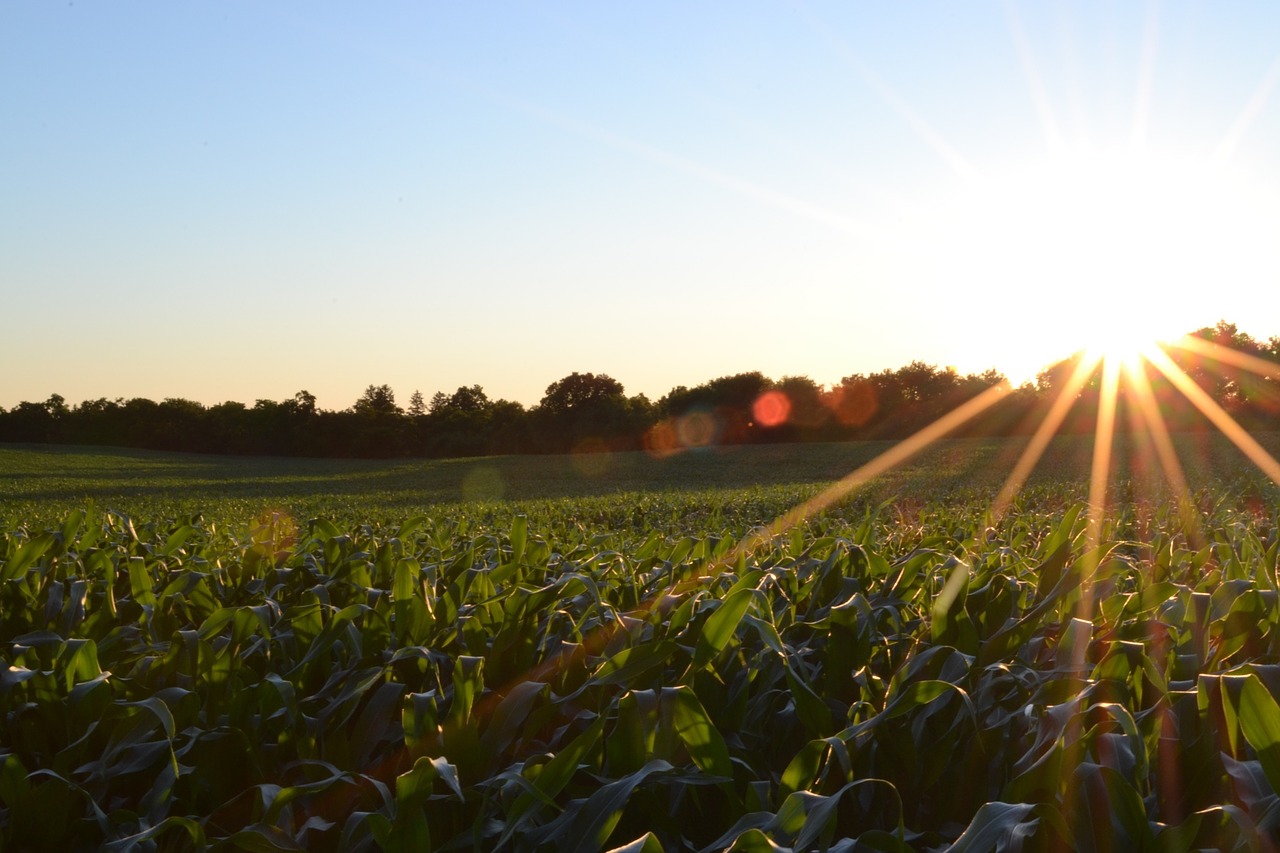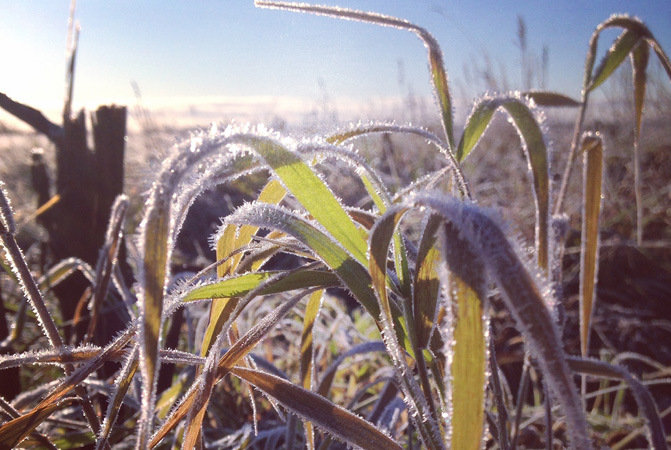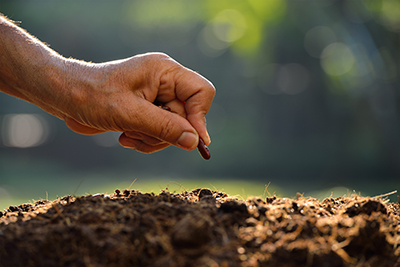West Dakota Ag Blog
Corn and Soybean Stand Assessment
Corn and soybean stands should be assessed early in the season to help identify potential crop concerns.After seedlings emerge, stand counts and visual inspection of the plants can help identify issues caused by planting, insects, and/or diseases. Three common methods for taking stand counts are the 1/1000th acre method, the wheel method, and the hoop… Read More





